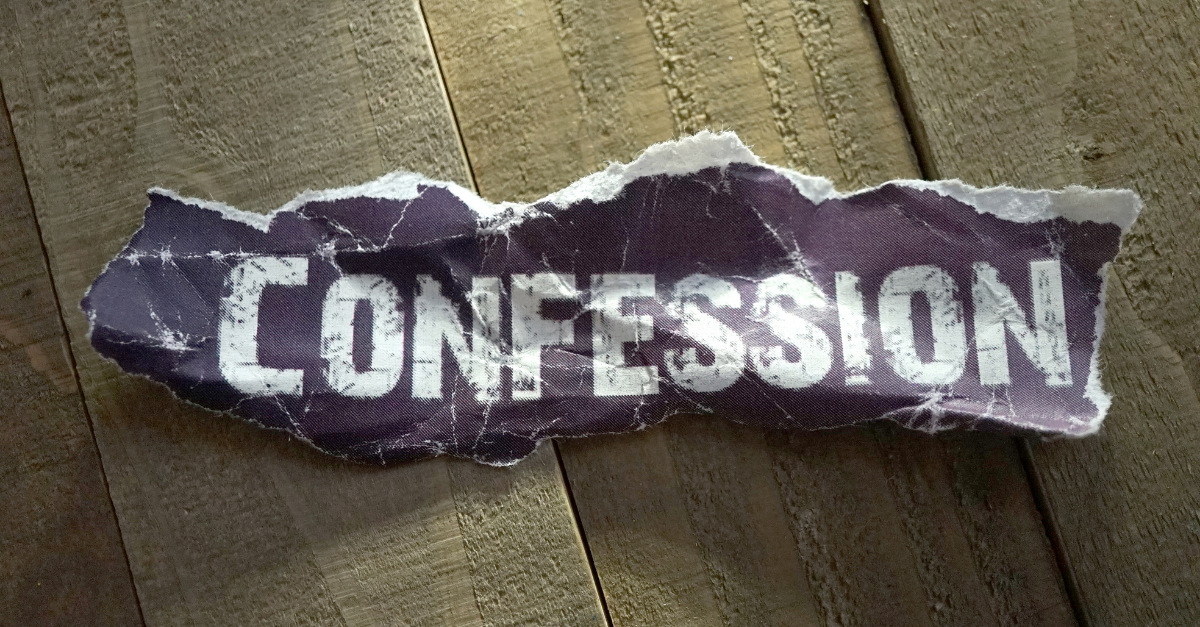|
FIRST STEP: OWN YOUR MISTAKE
Not every writer or author is forged with the basics of the English language. We all grow up learning the rigors of grammar, but sometimes, our training falls to the wayside. We read books, we write, we talk, we listen to the patterns of normal human speech, we read more books, and we pick up bad habits along the way. I sure did. But it turns out, at least when it comes to book publishing, mechanics and grammar still matter. Quite a lot. If you want to sell a manuscript or become a pro copyeditor, the best way to achieve either objective is to get back to the basics. Sentence structure is one of those key basics. And one of my most common sentence structure errors was the dreaded comma splice. At some point along the way I picked up this nasty habit. In my writing brain, the one rushing to get all the words down on paper, it just sounds right. It sounds better and makes the most sense coming from my fingertips. But what sounds correct in our heads, isn't always what reads well on the page. So I'm here to confess to my comma splicing ways and help everyone else guilty of comma splicing to learn the error of their ways before it's too late. Just kidding. It's never too late to learn something new or re-learn something old. SECOND STEP: RECOGNIZE AND REPAIR A comma splice is the result of a writer using a comma to connect two independent clauses. A clause is a group of words that includes a subject and a finite verb, and an independent clause is a clause that can stand as a complete sentence. This means comma splicing is piecing together two separate sentences using only a comma. It's not the end of the world, but it is bad grammar. Even with all that description a nasty habit can be hard to recognize at first. It needs to be seen for what it is. EXAMPLE: This is a comma splice, it can be hard to recognize if you aren't looking for it. Now, how does something like this get fixed? As with most writing faux pas, there are usually several solutions to revise.
THIRD STEP: RESOURCES In the hot heat of writing, especially in the rush to meet a deadline, it can still be challenging to find those pesky comma splices hiding among the shining pearls of those otherwise perfectly formed sentences. And maybe, like with me, those are the grammatical issues you are most blind to -- the sort of natural error that your editorial or revising eye just glazes right over. Luckily, there are resources to help hone that editorial eye. There are the obvious ones like The Copyeditor's Handbook and The Chicago Manual of Style to relearn all those pesky sentence structure rules and refine them. Once the studying is complete, then it's time to move on to testing. There are several online quizzes that satisfy the requirements, but the best of the bunch were created by: Other options include online and digital grammar checkers like: IN CONCLUSION Being guilty of using comma splices doesn't make you a bad writer. But knowing how to recognize and revise them, especially before an editor gets ahold of a manuscript and points them out anyway, will definitely make you a better writer. This was written for and originally appeared on the Ooligan Press blog.
0 Comments
|
AuthorMelinda Jasmine Crouchley, YA supernatural science fiction author and professional editor. Archives
February 2023
Categories
All
|

 RSS Feed
RSS Feed
